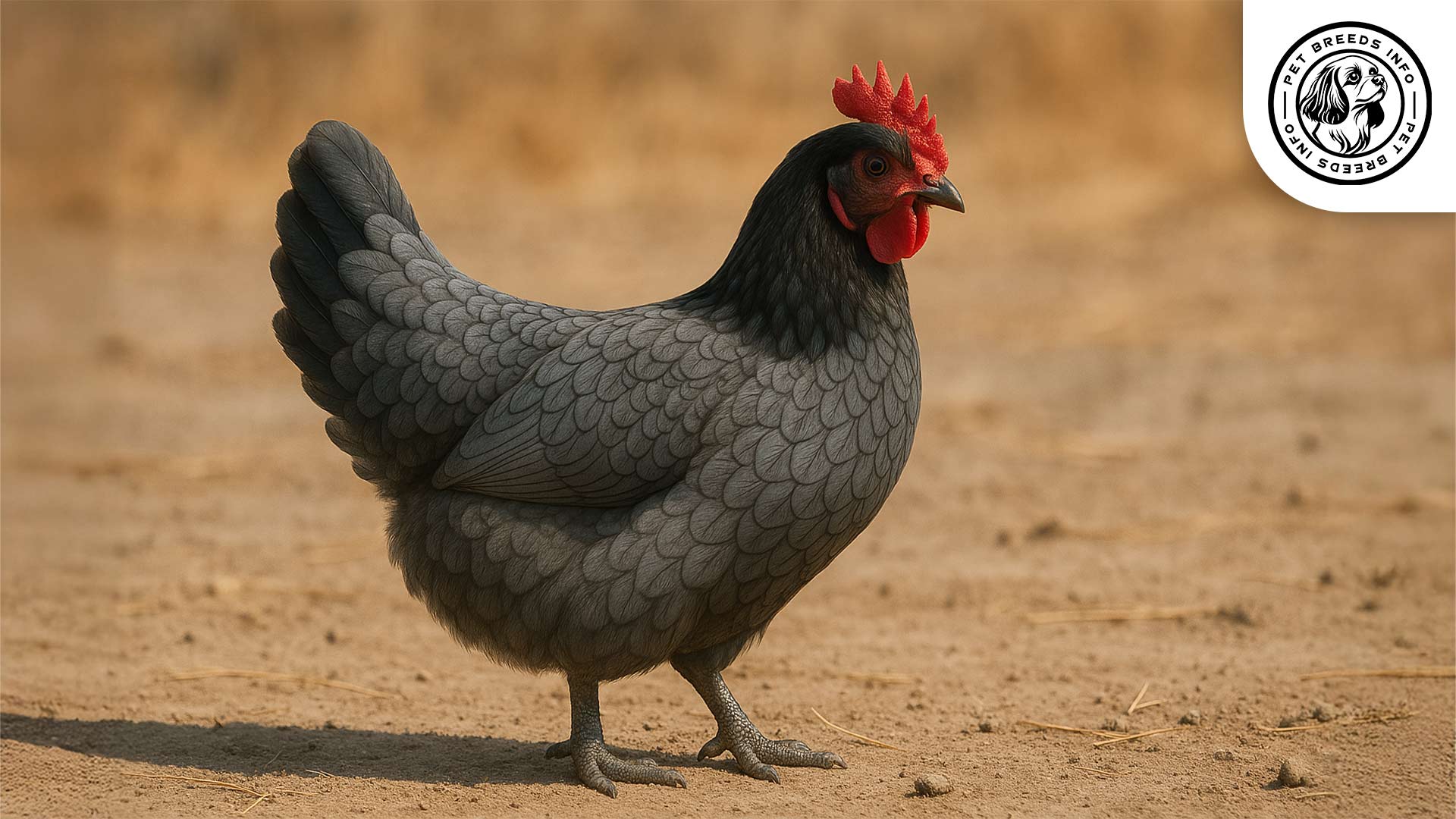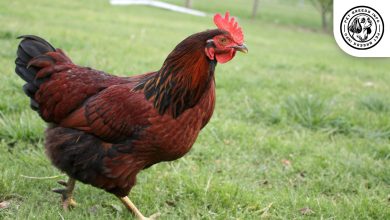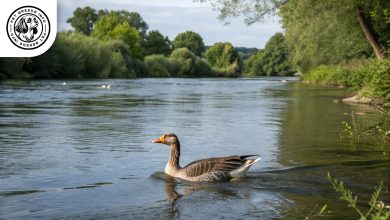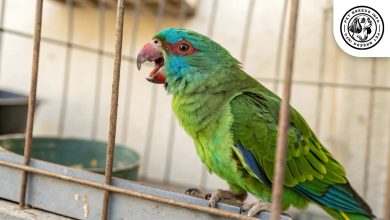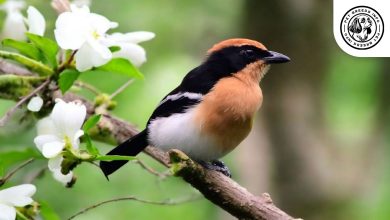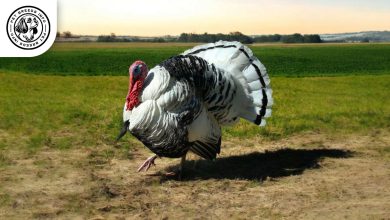Andalusian Chicken Breed: Personality, Lifespan, Food & Care
General Introduction of the Breed
The Andalusian Chicken, also known as the Blue Andalusian, originates from Andalusia, Spain. It was developed in the early 19th century by breeding native Spanish chickens with imported British birds. The breed is primarily kept for egg production and is admired for its striking blue plumage.
Table of Contents
| Common Name | Andalusian Chicken |
| Scientific Name | Gallus gallus domesticus |
| Origin | Andalusia, Spain |
| Size | Medium |
| Lifespan | 5–8 years |
| Colors | Blue-gray, black, splash |
| Talking Ability | Low |
| Noise Level | Moderate |
| Social Behavior | Sociable in flocks |
Physical Characteristics
Andalusian Chickens are classified as medium-sized birds. Roosters typically weigh around 7 lbs (3.2 kg), while hens weigh approximately 5 lbs (2.3 kg). They have a sleek, compact body.
Their most distinctive trait is their blue-gray feathers, although some variations include black and splash patterns. Their feathers have a delicate lacing, making them particularly attractive.
Their eyes are reddish-brown, and they possess a bright red single comb. Earlobes are usually white, standing out against their dark feathers. They have clean legs that are typically slate-blue in color and a moderately long tail.
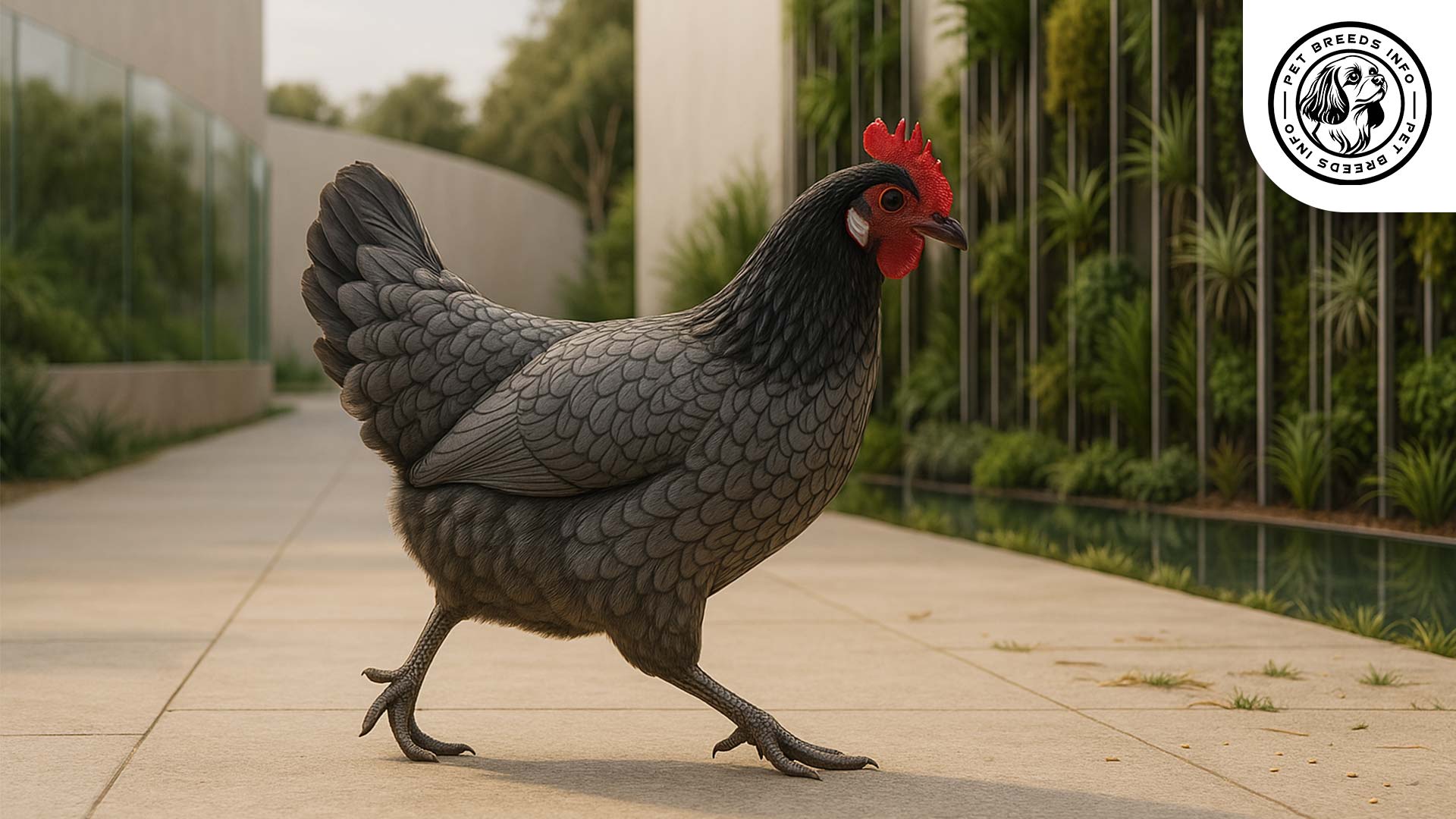
Personality and Temperament
Andalusian Chickens are intelligent birds that are quick learners. They are active and prefer free-ranging environments where they can explore.
They are not overly attached to humans but can become friendly with regular handling. They generally exhibit calm behavior but may become flighty if handled infrequently.
They are social and do well in flocks. Roosters may show some territorial aggression, but hens tend to be docile. The breed does not typically go broody, making them reliable egg producers.
Care and Maintenance Requirements
These chickens require adequate space for foraging as they are active birds. They thrive in free-range setups but can adapt to confinement if given enough space.
Their grooming requirements are minimal. They do not require frequent baths but should have access to dust baths. Regular health monitoring, including beak and nail trimming if necessary, is recommended.
Andalusian Chickens are tolerant of heat but require shelter from extreme cold as their large combs are susceptible to frostbite.
Read More: Albino Cockatiel Bird
Diet and Nutrition
The ideal diet for Andalusian Chickens includes high-quality chicken feed, supplemented with grains, greens, and insects.
Avoid feeding them processed or moldy food, chocolate, caffeine, or anything too salty or sugary.
They should have constant access to fresh water and calcium sources such as crushed oyster shells to support strong eggshell production.
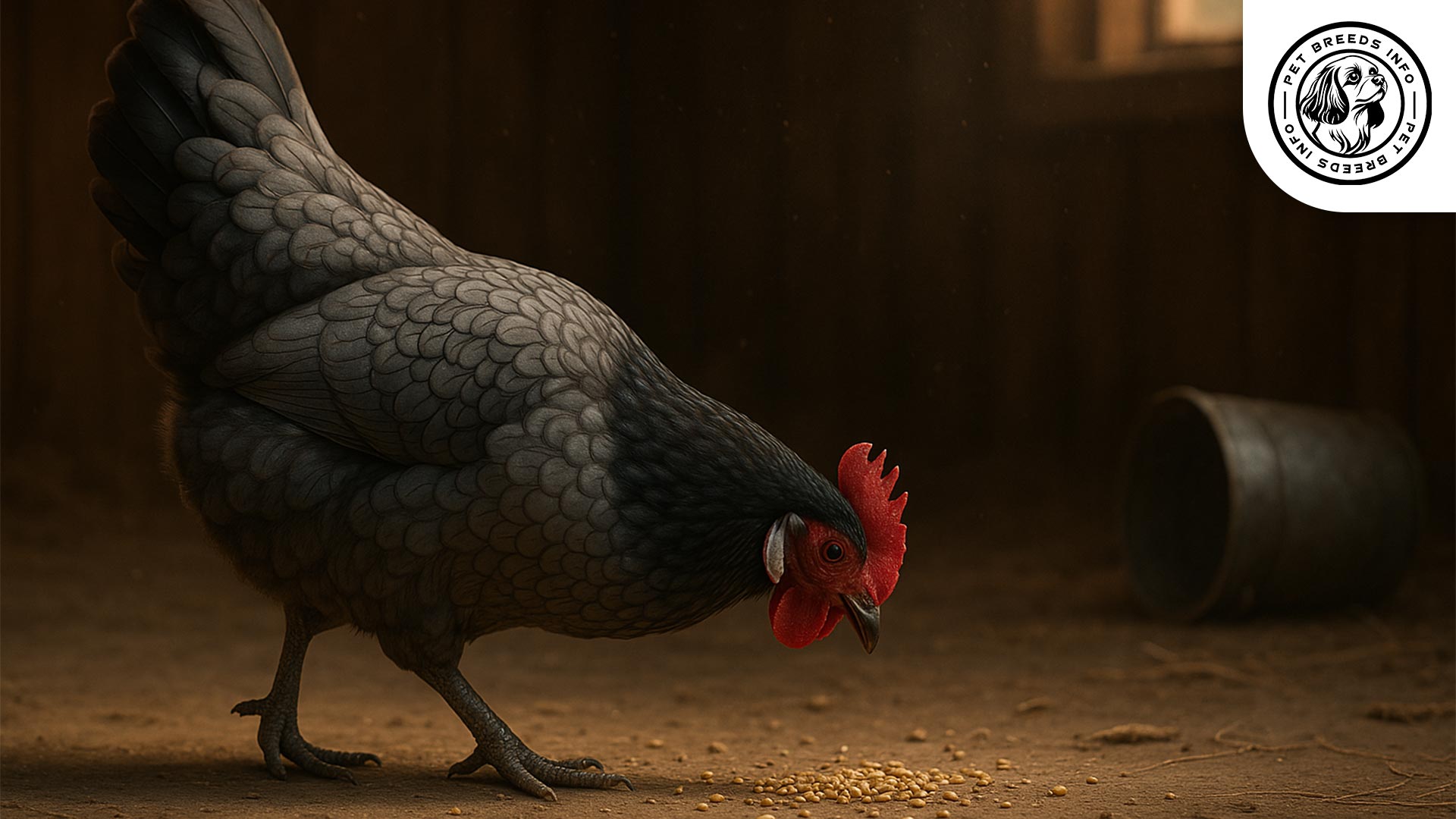
Health and Common Medical Issues
Andalusian Chickens are generally hardy, but they can be prone to common poultry health issues such as respiratory infections, parasites, and frostbite on their combs.
Regular deworming and parasite control are recommended. Providing a dry, clean environment will help minimize health concerns.
They have a lifespan of approximately 5 to 8 years with proper care.
Training and Behavior Management
Andalusian Chickens are independent and do not require extensive training, but conditioning them for human interaction through regular handling will help reduce their flightiness.
Read More: Ancona Duck
Training them to follow feeding routines and return to the coop at night can be beneficial.
Positive reinforcement, such as offering treats, can help establish trust and encourage desired behaviors.
Interaction with Other Animals and Humans
These chickens are sociable within their flock and tend to get along well with other non-aggressive chicken breeds.
They may be wary of other animals but can coexist with calm livestock and pets.
While they are not the most affectionate breed toward humans, they can become friendly with regular interaction, making them suitable for backyard flocks.
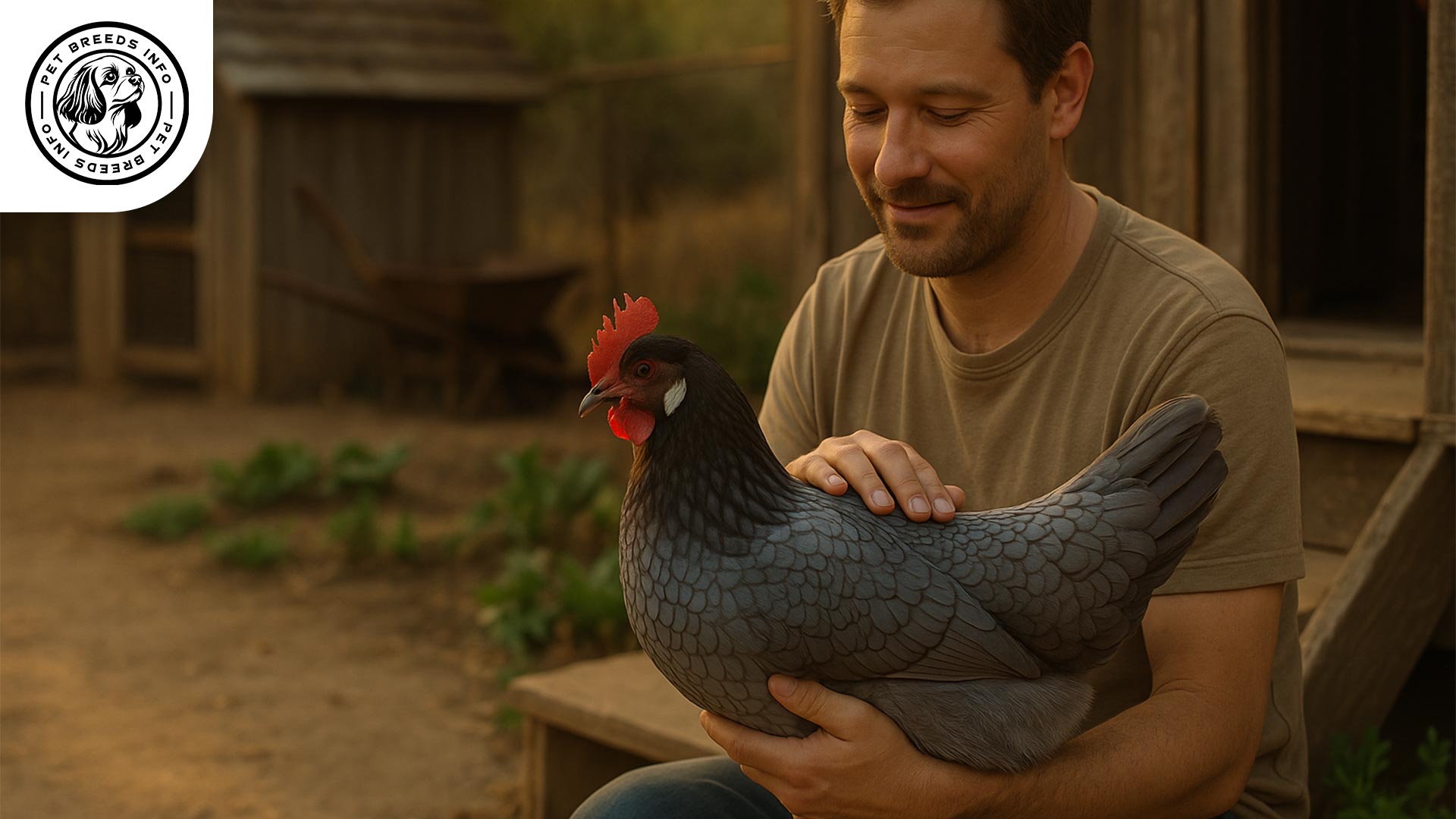
Price and Availability
The price of an Andalusian Chick varies depending on breeder reputation and location. Chicks typically cost between $3 to $5, while pullets and adult birds can range from $15 to $25.
It is best to acquire them from reputable hatcheries or breeders who practice ethical breeding to ensure high-quality and healthy birds.
Conclusion and Final Thoughts
The Andalusian Chicken is an excellent breed for those looking for a beautiful, active, and hardy egg-laying bird.
They are best suited for free-range or spacious environments where they can fully express their natural behavior.
Potential owners should consider their flighty nature and moderate cold susceptibility when deciding to raise them.
Read More: Appleyard Duck
With proper care and management, they make a striking and productive addition to any flock.
FAQ
Are Andalusian Chickens good for egg production?
Yes, they are reliable layers of medium to large white eggs and rarely go broody.
Do they need a lot of space?
Ideally, yes. Andalusians thrive in free-range environments but can adapt to large coops.
Are Andalusian Chickens friendly with humans?
They are independent but can become friendly with regular gentle handling.
What is the typical lifespan of an Andalusian Chicken?
With proper care, they live 5 to 8 years on average.
